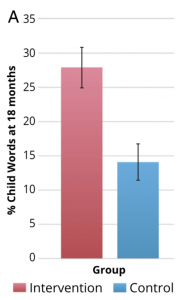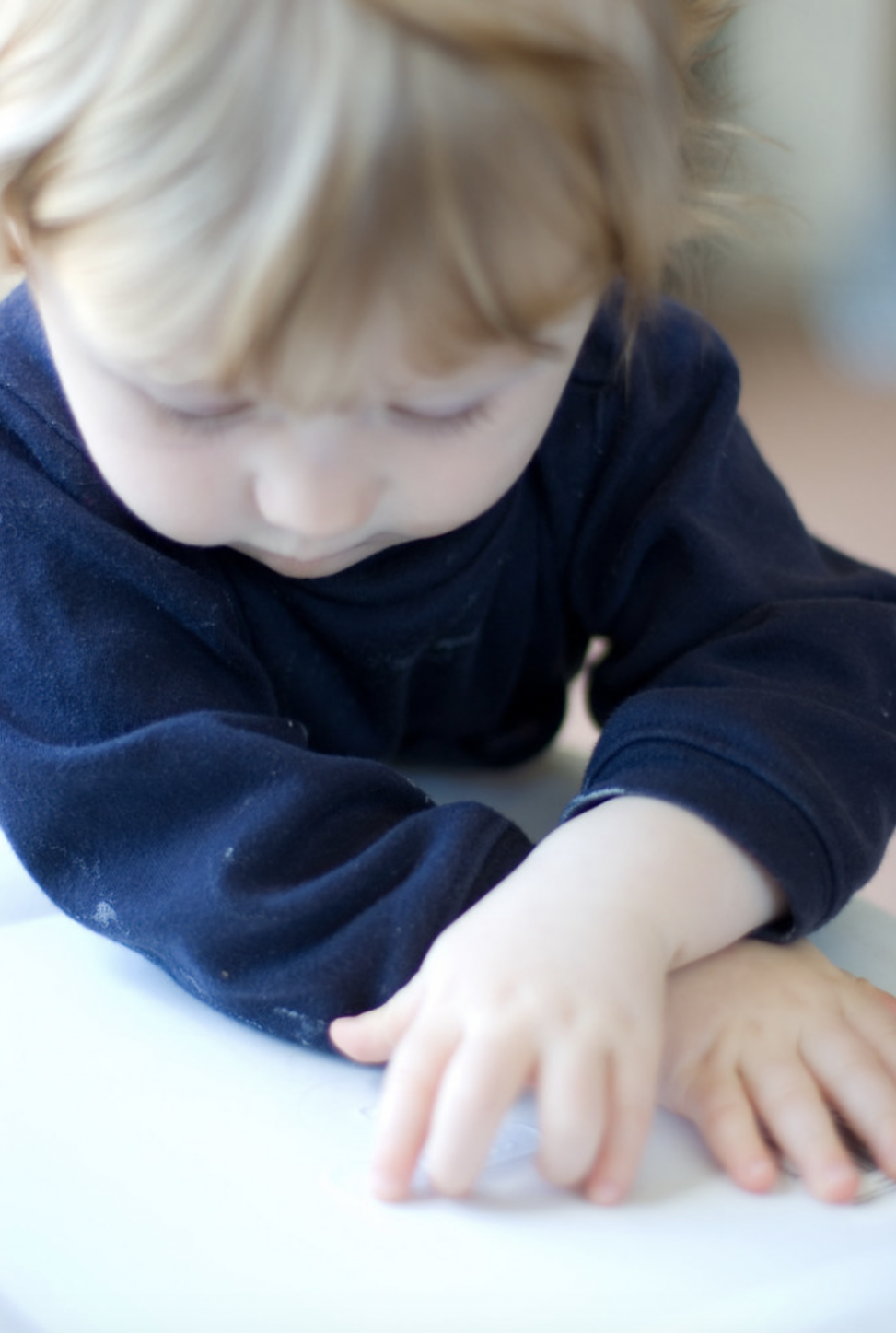“Infants exposed to parentese were able to produce about 27% of typical adult words in comparison to the infants not exposed to parentese who were able to produce on average about 14% of typical adult words”
Researchers at the University of Washington recently conducted a study on infant language development. Most of us can imagine a moment when someone was talking to a baby in a high pitched, shrilly voice while simultaneously making up their own imaginary words and speaking patterns. You probably viewed this as strange, but this strange talk has a name called parentese. I will say parentese is a bit more complicated than your typical “baby talk”, however, it is rather similar. Parentese differs in that it promotes specific aspects that are especially helpful in infant language development, such as conversational exchanges and vocalization. Moral of the story is, parentese is a more complex extension of “baby talk”. Unbeknownst to many, there is scientific evidence that supports the idea that parentese is beneficial to a baby’s language development. Researchers dedicated time to investigate the impact of parentese on infant language development so that the public can be more informed about what they can do to help with overall infant development for their own children.
The study consisted of families that included a typically developing 6-month-old infant. There were no stipulations on socioeconomic status as this is a variable that could impact the results of the study and should be acknowledged. Each family was assigned to either the parentese usage or no parentese usage group. Researchers subjected each family to the appropriate conditions over a 12-month duration of the infant’s life.

Creative Commons Licensed
When the infant turned 18-months old, researchers collected data based on 4 different aspects of a child’s language development. First, they measured each child’s talkativeness based on the percentage of time they spent “babbling.” Next, they estimated the number of adult words used by the child during any given 12-hour period. Third, they evaluated the child’s conversational turn count, which describes the back and forth exchanges between a child and an adult. Finally, they estimated the child’s vocalization count, which describes the speech related vocalization of a child.
The results were quite fascinating and informative. The infants of the parents who practiced parentese had greater language development over the 12-month period.

Creative Commons Licensed
It was discovered that parentese allowed the infants to engage in conversational turns with their parent and this aspect aided in the child’s language development. In addition, the infants exposed to parentese produced more words by the time they turned 18-months. Infants exposed to parentese were able to produce about 27% of typical adult words in comparison to the infants not exposed to parentese who were able to produce on average about 14% of typical adult words. These results were deemed statistically significant.
It is important to acknowledge that there are other variables that may have contributed to these findings. Researchers attempted to account for these additional variables, however, not all variables can be controlled. Regardless, researchers were able to provide enough valid scientific support to say that parentese has a positive impact on infant language development. Whether you already have an infant, are preparing to have an infant, or want an infant in the future, remember that the strange “baby talk” you hear all the time may make all the difference in your child’s language development.
Ramírez, N.F., Lytle, S.R., and Kuhl, P.K. 2019. Parent coaching increases conversational turns and advances infant language development. PNAS.

Alex
"This title was very eye catching! That is so interesting that such a ..."
Alex
"This is really interesting! The fact that crops and plants are damaged is ..."
Alex
"Well done, this article is great and the information is very captivating! Ethics ..."
Alex
"I was intrigued throughout the whole article! This is such an interesting topic, ..."
Alex
"This is such an interesting article, and very relevant!! Great job at explaining ..."
Grandpa
"Honey You Did a good job I will forward to my eye doctor "
murphymv
"This article is fascinating because it delves into the details of the research ..."
murphymv
"I agree, adding the photo helped solidify the main finding. "
murphymv
"This is a fascinating finding. I hope this innovative approach to improving transplants ..."
Sherzilla
"This is a great article! I would really love to hear how exactly ..."
Sherzilla
"It's disappointment that these treatments were not very effective but hopefully other researchers ..."
Sherzilla
"I agree with your idea that we need to shift our focus to ..."
Sherzilla
"It's amazing to see how such an everyday household product such as ..."
Lauren Kageler
"I will be interested to see what the data looks like from the ..."
Lauren Kageler
"A very interesting article that emphasizes one of the many benefits that the ..."
maricha
"Great post! I had known about the plight of Little Browns, but I ..."
Sherzilla
"I assumed cancer patients were more at risk to the virus but I ..."
Sherzilla
"Great article! It sheds light on a topic that everyone is curious about. ..."
maricha
"This article is full of really important and relevant information! I really liked ..."
maricha
"Definitely a very newsworthy article! Nice job explaining the structure of the virus ..."
maricha
"It's interesting to think that humans aren't only species dealing with the global ..."
murphymv
"This is very interesting and well explained. I am not too familiar with ..."
Lauren Kageler
"Great article! This post is sure to be a useful resource for any ..."
Lauren Kageler
"Definitely seems like an odd pairing at first, but any step forward in ..."
murphymv
"What an interesting article! As you say, height and dementia seem unrelated at ..."
murphymv
"Great article! I learned several new methods of wildlife tracking. This seems like ..."
murphymv
"Very interesting topic! You explained cascade testing and its importance very well. I ..."
Alex
"This article is really interesting! What got me hooked right away was the ..."
Sabrina
"I found this article super interesting! It’s crazy how everyday products can cause ..."
Erin Heeschen
"I love the layout of this article; it's very eyecatching! The advancements of prosthetics ..."
murphymv
"Awesome article! I like the personality in the writing. Flash Graphene not only ..."
murphymv
"Very interesting work! I don't know a whole lot about genetics, but this ..."
Cami Meckley
"I think the idea of using virtual reality technology to better help prepare ..."
Erin Heeschen
"I wonder if there's a connection between tourist season and wildfires in the ..."
Ralph berezan
"Not bad Good work "
Michelle
"This sounds like it would be a great tool for medical students! ..."